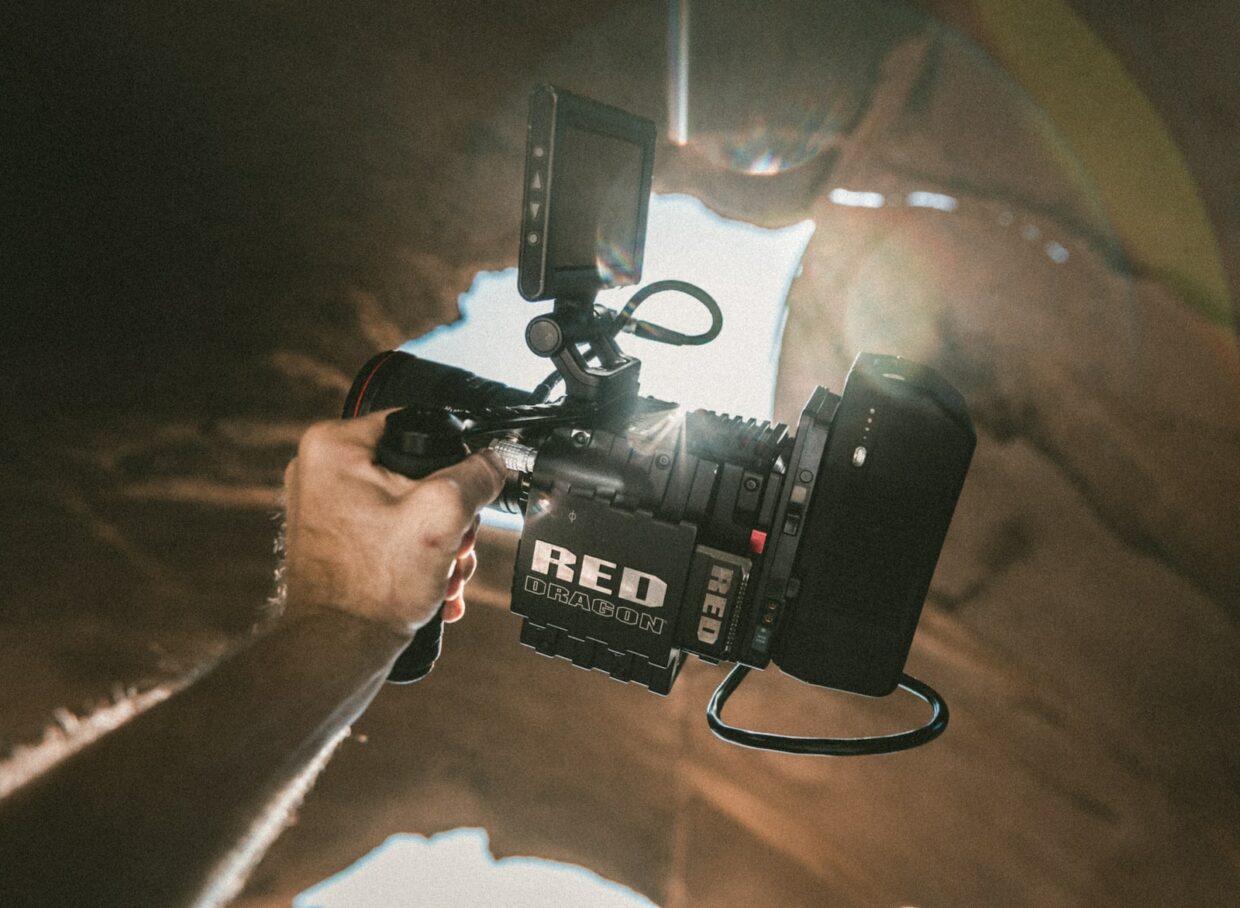The film and television industry in New Zealand has experienced rapid growth since the emergence of new technologies. These advances have had a transformative impact, allowing for high-quality productions that captivate audiences and draw viewers from across the globe. This article explores the influence of technology on New Zealand’s film and television industry, looking at how new equipment and software have revolutionised production processes, impacted creative content, and enabled international distribution.
Revolutionising Production Processes
The advancement of technology has unlocked unprecedented opportunities in New Zealand’s film and television industry. In particular, modern cameras and editing systems have revolutionised production processes.
- Cameras: High-definition cameras are now commonplace, resulting in stunning visuals and improved production values. With the availability of 4K cameras, the quality of footage has escalated to new heights, allowing for fine details and incredible clarity.
- Software: Professional editing software is widely available, making it possible to create professional-grade videos with minimal effort. Editing programs enable filmmakers to quickly assemble footage to create compelling stories, experiment with special effects, and raise production values.
The availability of powerful equipment and software has enabled filmmakers in New Zealand to produce cost-effective, high-quality content, allowing them to compete with larger production companies.
Impacting Creative Content
New technologies have also had a significant influence on the content of New Zealand’s film and television industry. Cinematic styles and storytelling techniques have been revolutionised by technological advancements, with filmmakers now capable of creating captivating content.
- Flexibility: Modern technologies provide filmmakers with a greater level of flexibility. For example, filmmakers can now shoot scenes with multiple cameras and capture a range of angles. This allows for more dynamic shots and greater creative freedom.
- Special Effects: Special effects are increasingly commonplace in modern productions, with visual effects able to be created using powerful software. This expands the creative possibilities of filmmakers and enables them to create unique content.
Technology has allowed filmmakers in New Zealand to experiment and create unconventional content, leading to a surge in ambitious and innovative projects.
Enabling International Distribution
The emergence of digital platforms has enabled filmmakers in New Zealand to distribute content to a global audience. Streaming services such as Netflix, Amazon Prime, and Hulu have opened up a vast market, allowing filmmakers to reach vast numbers of viewers. This has opened up opportunities in terms of revenue, allowing projects to generate income from a wider audience.
Additionally, the development of social media platforms has also provided an invaluable marketing tool for indie filmmakers. Services such as YouTube and Facebook allow filmmakers to build a following and reach thousands of potential viewers. This has enabled independent filmmakers to gain exposure and create a profile for their projects.
In conclusion, technology has had a significant impact on New Zealand’s film and television industry. Modern equipment and software have revolutionised production processes, impacted creative content, and enabled filmmakers to reach new audiences. This has resulted in a surge in high-quality productions, allowing New Zealand filmmakers to make an impact on the international stage.






